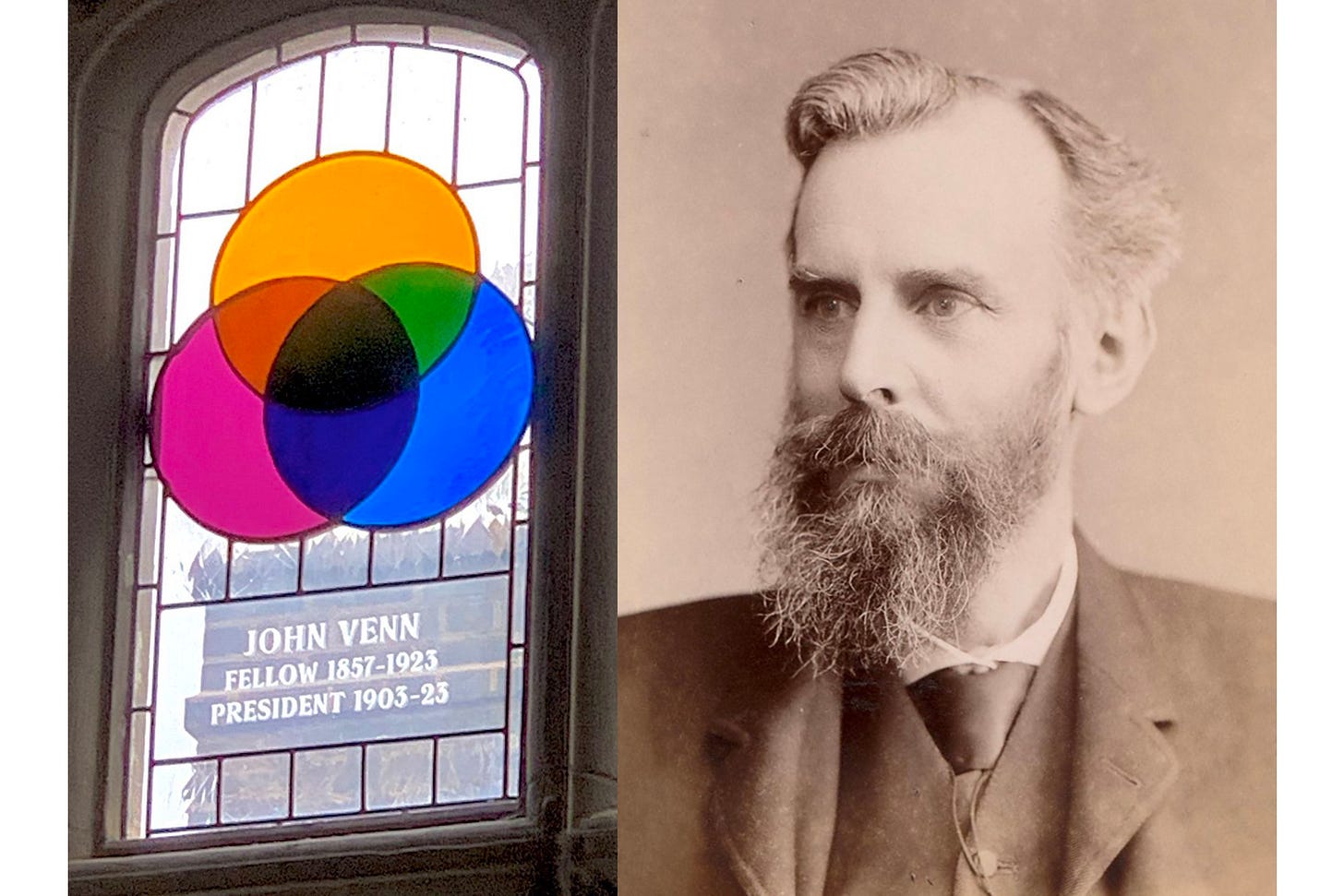Venn Diagrams
Venn diagrams have become a popular vehicle for cultural observation or humour. Learn of their origin, and enjoy our selection of examples.

During a 20 June 2024 interview with TV personality Chrissy Teigen, the then US Vice President Kamala Harris said:
“I’m going to confess, I love Venn diagrams. You know – those three [circles]. If you’re ever in a moment of con…


